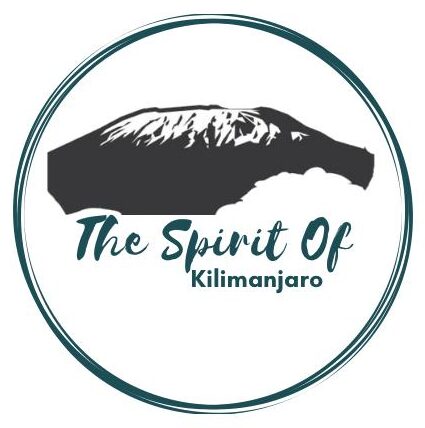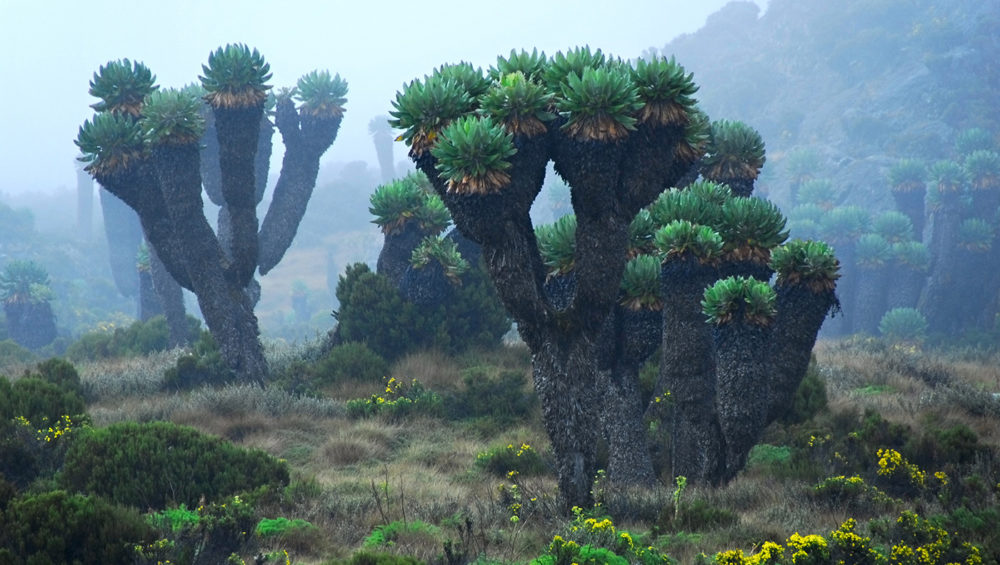What’s the Weather in The free standing Mountain on the planet?
Mount Kilimanjaro Weather can vary from extremely popular to extremely cold within another day although it does not experience wide temperature changes from season to season. But instead, the temperatures there are determined more by the altitude and time of day.
At the bottom of the mountain, the typical temperature is around 21 to 27 °C and at the apex, Uhuru Peak, the night temperatures can range between 20 and-20 degrees Fahrenheit (-7 to-29 degrees Celsius).
Like all great mountains, This great mountain creates its own thunderstorm which may be extremely variable and delicate to augur. Amblers got to be prepared for warm, sunny conditions, and rain, wind, cold, and yea snow.
Yea though the simplest time to climb coincides with the “ dry ” seasons, rain, and snow are possible at any time of the cycle. As you get above, the temperatures can vary dramatically, one moment you will be journeying in cremating sun, after you’ll be layering up against a bitter wind.
Standing at ft above water situation, Mount Kilimanjaro is large enough to make its own wet systems. Being on the compass means the trade winds (sometimes called ‘ mizzles ’) that move across the ocean, drawing humidity overhead are chipped in by the mountain. This causes the wind to push up towards noon, cooling because it goes, bringing rain and snow.
Is there snow on the upmost of Mountain ?
The long season between March and should be a result of the trade winds from the southeast. These southerly winds from the Indian Ocean are laden with humidity, bringing rain to the lower pitches and snow on the upmost of Mount Kilimanjaro’s noon.
During this season, the southern pitches get the foremost rainstorm.
The ‘ short rains in November are from a drunk wind coming from the northeast. because it hasn’t traveled across an ocean, the rains are shorter and highest heavy-duty than during the long rains. Supreme of the rainstorm during this season falls on the fresh northerly pitches.
Kilimanjaro Temperatures
Mount Kilimanjaro doesn’t experience wide temperature changes from season to season thanks to its immediacy to the circuit, Instead, the temperatures on Kilimanjaro are determined more so by the altitude and what time of day it’s.
At the bottom of Kilimanjaro where the rise starts, the typical temperature is around 70 to 80 degrees Fahrenheit (21 21 to 27 degrees Celsius). From the bottom, once you thrust, the temperatures will drop as you see the mountain’s 5 ecological zones.
At the Summit of Kilimanjaro, Uhuru Peak, which lies within the Arctic the night temperatures can range between 20 and-20 degrees Fahrenheit (-7 to-29 degrees Celsius). So, we recommend that you simply should be prepared for wet and cold nights so please bring the demanded gear in the least time. Read else about what you would like to hold on your day gain Kilimanjaro
Mount Kilimanjaro Weather through the Climate Zones
As you bring your way above, you’ll notice the thundershower changing through the climate zones.
Cultivation Zone
Altitude to ft (800 800 to m)
Precipitousness 20 to 70 in (500 500 to mm)
circling the bottom of this majestic mountain is that the couth zone. Comprising generally ranch because of the fruitful explosive soil, this area gets multiplex yearly downfall. Generally temperate conditions, you’ll generally be passing through this region on your thanks to the trailhead.
Forest Zone:
Altitude 6,000 to 9,200 ft (1,800 to 2,800 m)
precipitousness 79 to 40 in (2,000 to 1,000 mm)
We start our ascent within the montane woodland, a tropical rainforest that serves to soak up the maximum of the humidity coming off the mountain, forming underground rivers and comes. Conditions are normally warm and muggy, with mists forming under the compact cover. Thick cloudiness is not uncommon, and it is hourly muddy underfoot.
Alpine/High Desert Zone:
Altitude: 13,200 to 16,500 ft (4,000 to 5,000 m)
precipitousness 51 to 21 in ( to 530 mm)
After hiking through the forest, you’ll arise from the trees into the Heath and Moorland Zone. The dense tropical forestland gives thanks to high lots and giant heathers, and you’ll be more exposed to the wind and rain.
Temperatures can remain warm throughout the day but drop significantly in the dark. The dampness lessens, the paths are dryer, and normally, it’s an easier hiking experience. Rain tends to be lowest, although it can come just about anywhere on the mountain.
The sun’s shafts are hourly harsh, so you’ll need your sunscreen, and temperatures in the dark are again and again hard cold.
Arctic Zone:
Altitude: 16,500+ ft (5,000+ m)
Precipitation: 4 in (100 mm)
Above 16,000 ft is that the Arctic or Summit Zone. With little or no rainfall (most precipitation falls as snow) this barren desert is characterized by huge rocky outcrops, volcanic scree, and glaciers.
Known as “extreme altitude”, this region has approximately 49% of the oxygen stumped level. It’s a bleak, inhospitable place.
It’s very cold here, with blustery winds and nighttime temperatures well below freezing. As you depart for your summit attempt, there could also be ice and snow underfoot, it’s bitterly cold, even at midday and therefore the sun’s radiation is harsh.
Sunscreen is important on any exposed parts of your body, the dry air will dehydrate you quickly, and you’ll need warm layers to stay your core temperature up.
Kilimanjaro Weather Variations
The weather varies supported the time of year you visit Kilimanjaro. During the months of April and should, it’s much cold and rainier on the mountain than it’s during the dryer season of June to October. January through March tends to be a touch colder.
Kilimanjaro Weather Chart
Weather Forecast
| Sun | Mon | Tue | Wed | Thu | Fri | Sat |
Weather on The Mountain Month by Month
The Long Dry Season: June to September
The long season may be a great time of year to climb the mountain. Temperatures are a touch colder than the short season (January and February) but overall conditions are excellent with little or no chance of precipitation.
The Short Wet Season: October to December
The short rains come between October and December. The timing of this season may be a bit less predictable than during the long rains. We don’t recommend climbing once the rains have set in.
The Short Dry January to February
This is a well-liked time to expedition Kilimanjaro. Especially during late January and into February, temperatures are generally a touch warmer than between June and October. Though this will vary from age to age.
The Long Wet Season March to May
Towards the top of March, when the trade winds blowing across the Indian Ocean are available contact with the mountain, the long rains begin. We don’t offer climbs during this season because the rain is hourly heavy, making the paths wet and dangerous.
Kilimanjaro Weather on the peak
maximum mountaineers start their ascent to the peak at around night. It’s hard cold, hourly with snow or ice on the trail. We aim to exhort to Uhuru Peak at day, as generally the skies clear and you’ll be treated to vast panoramic views of Mawenzi and out over the African plains.
At the peak, Uhuru Point, the nightly temperatures can range between 20 and-20 degrees Fahrenheit (-7 to-29 degrees Celsius). thanks to Mount Kilimanjaro’s great height, the mountain creates its own thunderstorm.

